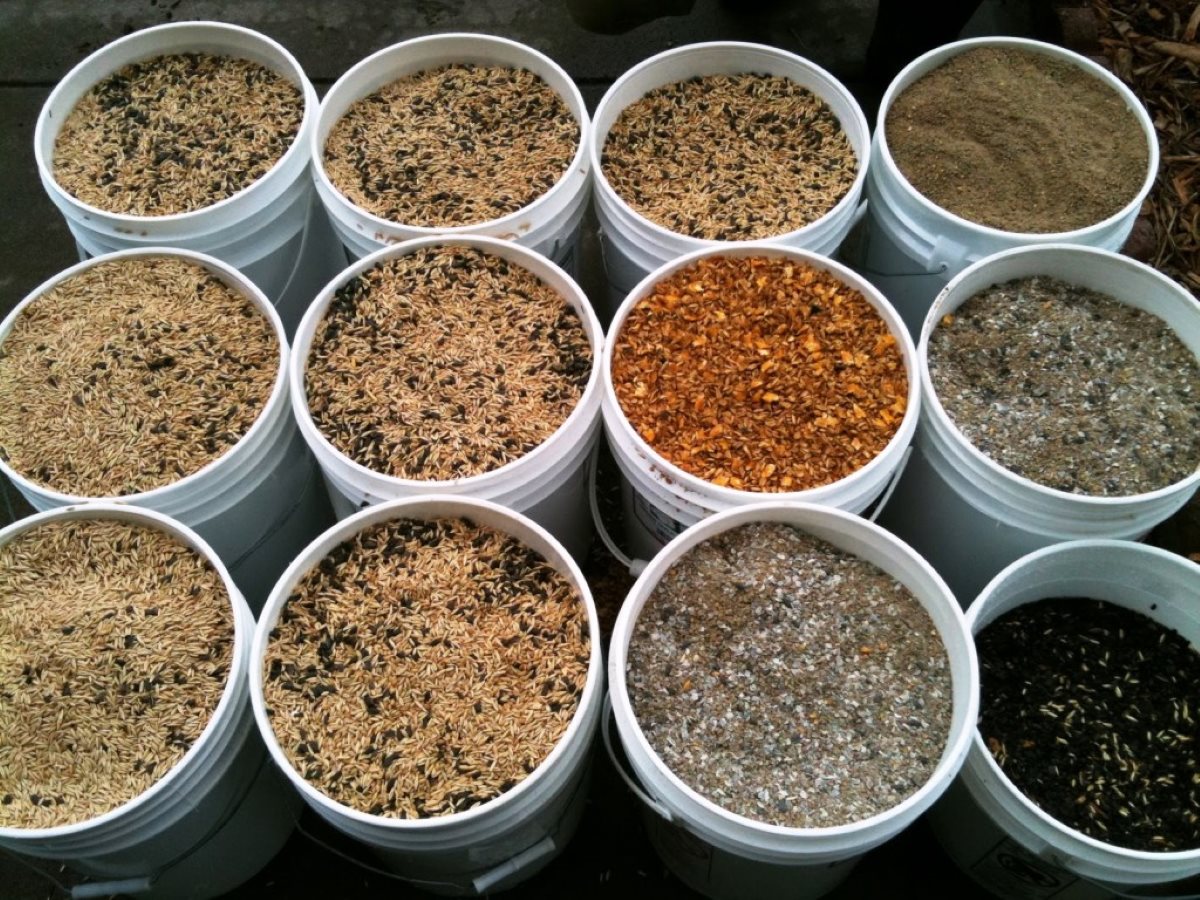

Articles
How To Store Food In 5 Gallon Buckets
Modified: January 6, 2024
Discover helpful articles on how to store food using 5 gallon buckets and keep your supplies fresh for longer with proper storage techniques.
(Many of the links in this article redirect to a specific reviewed product. Your purchase of these products through affiliate links helps to generate commission for Storables.com, at no extra cost. Learn more)
Introduction
Having a reliable and effective method for storing food is essential, whether you’re preparing for emergencies or simply looking to save money by buying in bulk. One popular and practical option is to use 5-gallon buckets, which offer ample space and durability to keep your food safe and fresh for an extended period of time.
In this article, we will guide you through the process of storing food in 5-gallon buckets. We will cover everything from selecting the right buckets and preparing them for use, to choosing the appropriate food items and packaging them properly. Additionally, we will discuss the importance of sealing, labeling, and organizing the buckets, as well as monitoring and rotating the stored food to ensure its usability over time.
By following these steps, you can confidently store and preserve your food in 5-gallon buckets, ensuring its longevity and availability when you need it most.
Key Takeaways:
- Properly preparing and storing food in 5-gallon buckets ensures long-term freshness and accessibility, providing a reliable solution for emergencies and cost-effective bulk food storage.
- Implementing a systematic approach to labeling, organizing, and monitoring stored food items is essential for maintaining quality, safety, and viability over time. Regular inspections and rotation practices help ensure a well-maintained and efficient food storage system.
Selecting the Right 5 Gallon Buckets
When it comes to choosing the right 5-gallon buckets for food storage, there are a few important factors to consider. First and foremost, make sure the buckets are made from food-grade plastic. This ensures that the material used in the buckets is safe and will not contaminate your stored food.
Food-grade buckets are typically made from high-density polyethylene (HDPE) plastic, which is sturdy, non-toxic, and resistant to chemicals and moisture. These buckets are commonly labeled with the recycling symbol “2” and the acronym “HDPE” on the bottom.
Another crucial feature to look for is a secure and airtight lid. Proper sealing is essential to keeping out moisture, pests, and oxygen, all of which can spoil your food. Many 5-gallon buckets come with lids that have a rubber gasket or O-ring seal, ensuring a tight closure.
It is also recommended to opt for buckets with a handle for easy transportation and handling. This will make it more convenient to move the buckets around and access their contents when needed.
Finally, consider the overall condition and cleanliness of the buckets before purchasing or using them. Avoid buckets that have cracks, dents, or signs of previous contamination. It’s best to start with new or gently used buckets that have been thoroughly cleaned and sanitized.
By selecting the right food-grade 5-gallon buckets with secure lids, handles, and a clean condition, you will lay the foundation for successful and safe food storage.
Preparing the Buckets
Before you begin storing food in your 5-gallon buckets, it’s important to properly prepare them to ensure a clean and suitable environment for your stored items.
The first step is to thoroughly wash the buckets with warm, soapy water. Use a sponge or brush to scrub away any dirt, residue, or lingering odors. Rinse the buckets well to remove all soap residue.
After washing, sanitize the buckets by mixing a solution of one tablespoon of bleach per gallon of water. Use this solution to wipe down the entire interior surface of the buckets, including the walls, bottom, and lid. Allow the buckets to air dry in a clean and well-ventilated area.
It’s also a good idea to inspect and ensure that there are no lingering odors or residues after cleaning and sanitizing. This can be done by filling the bucket with water and leaving it for a few hours. If there are no signs of leaks and the water doesn’t take on any strange scents or tastes, then you can proceed to the next step.
Another important consideration is pest prevention. Once the buckets are clean and dry, place a small sachet or packet of food-grade diatomaceous earth (DE) at the bottom of each bucket. DE is a natural and non-toxic substance that can help deter pests from infiltrating your stored food.
In addition, if desired, you can line the buckets with food-grade Mylar bags for an added layer of protection against moisture and pests. These bags act as a barrier and can be easily sealed with a heat sealer or an iron. Make sure to leave enough room at the top of the bag to allow for proper sealing.
By following these steps to properly prepare your buckets, you will ensure a clean and pest-resistant storage environment for your food items.
Choosing the Appropriate Food
When it comes to storing food in 5-gallon buckets, it’s essential to choose the right types of food that can withstand long-term storage and maintain their quality and nutritional value. Here are some key considerations to keep in mind:
Foods with a long shelf life: Opt for foods that have a naturally long shelf life or can be properly preserved. Examples include grains (such as rice, wheat, and oats), legumes (such as beans and lentils), pasta, dried fruits, and dehydrated vegetables. These food items can often last for several years when stored correctly.
Dry and non-perishable items: Avoid storing foods that require refrigeration or have a high moisture content, as these can lead to spoilage and the growth of harmful bacteria. Stick to dry and non-perishable items that are less prone to deterioration.
Personal preferences and dietary requirements: Take into account your personal dietary preferences and any specific dietary requirements or restrictions. Make sure to include a variety of foods that you and your family enjoy and can consume comfortably.
Consider nutritional value: Aim for a well-rounded food storage supply that provides essential nutrients. Include a mix of carbohydrates, protein, and healthy fats. It’s also worth considering vitamin and mineral supplements to ensure a balanced diet during extended storage periods.
Storage space: Take your available storage space into consideration when selecting the appropriate food items. Calculate the quantity of each item you will need based on the number of people in your household and the desired duration of storage.
In addition to these considerations, it’s crucial to rotate your food storage periodically. Use the “first in, first out” (FIFO) principle, consuming and replacing the oldest items to maintain freshness and quality.
By carefully selecting the appropriate food items for long-term storage, you can ensure a diverse and nutritious food supply that will sustain you during times of need.
Properly Packaging the Food
Once you’ve selected the appropriate food items for storage in your 5-gallon buckets, it’s crucial to package them in a way that preserves their quality and protects them from external factors. Here are some steps to properly package your food:
Use food-grade storage containers: While the 5-gallon buckets serve as the main storage containers, it’s important to use additional food-grade bags or containers to ensure an extra layer of protection. Look for bags or containers specifically designed for long-term food storage.
Vacuum sealing: Vacuum sealing is an effective method to remove excess air from the packaging, preventing spoilage and extending the shelf life of your food. Use a vacuum sealer to tightly seal the food items in individual packages, removing as much air as possible.
Mylar bags: Consider using Mylar bags, which are durable, light-resistant, and moisture-resistant. Place the food items in the Mylar bags, and using an oxygen absorber, remove any excess oxygen. Seal the bags tightly to prevent oxygen and moisture from affecting the food inside.
Labels and content information: It’s important to label each package with the name of the food item, the date it was packaged, and any additional information such as cooking instructions or dietary restrictions. This will help you easily identify and track the contents of each package.
Divide into smaller portions: To ensure flexibility and prevent waste, consider dividing large quantities of food items into smaller portions before packaging. This will allow you to access and consume only the amount needed at a given time, while keeping the rest of the food tightly sealed.
Protect from pests: As an additional safeguard against pests, place individual packages of food items into sturdy plastic containers with tight-fitting lids. This will provide an extra barrier of protection and help deter pests from accessing your stored food.
Remember to handle the food items with clean hands and ensure that all packaging materials and containers are clean, dry, and free from any contaminants before use.
Properly packaging your food items in airtight and protected containers will help to maintain their freshness, nutrient content, and overall quality for an extended period of time.
When storing food in 5-gallon buckets, make sure to use food-grade buckets to prevent any chemicals from leaching into your food. Also, consider using Mylar bags and oxygen absorbers to extend the shelf life of the food.
Read more: How Many Gallons In A Mop Bucket
Storing the Food in the Buckets
Now that you have prepared and packaged your food items, it’s time to store them in the 5-gallon buckets. Here are some important guidelines to follow for proper food storage:
Proper filling technique: When filling the buckets with food, it’s essential to leave some headspace at the top to allow for proper sealing. Fill the buckets up to about 1 to 2 inches below the rim to leave enough room for the lid and any additional packaging materials.
Layering and organization: Consider layering different food items within each bucket. This will help optimize space utilization and make it easier to access specific items when needed. Start with a layer of heavier and sturdier items, such as grains or legumes, and then add layers of lighter items, like pasta or dried fruits.
Avoid overpacking: It’s important not to fill the buckets beyond their recommended capacity. Overpacking can make it difficult to properly seal the buckets and can damage the packaging materials. Follow the manufacturer’s guidelines for the maximum weight and filling level of the buckets.
Absorbent material: To further protect your food items, consider placing a layer of absorbent material, such as unbleached paper towels, at the top of each bucket before sealing. This will help absorb any moisture that might be present, preventing it from reaching the food.
Temperature and location: Store the buckets in a cool, dry, and dark location. Ideally, the temperature should be below 70 degrees Fahrenheit (21 degrees Celsius) to extend the shelf life of the stored food. Avoid areas with direct sunlight, excessive humidity, and temperature fluctuations.
Stacking and stability: When storing multiple buckets, ensure they are stacked securely and are stable to prevent any accidents or damage. Place a sturdy board or piece of plywood between layers to provide additional stability and distribute the weight evenly.
By following these guidelines, you can ensure that your food items are safely stored in the 5-gallon buckets, maximizing their longevity and maintaining their quality over time.
Sealing the Buckets
Properly sealing the 5-gallon buckets is a crucial step in ensuring the long-term freshness and protection of your stored food items. Here is a step-by-step process to effectively seal the buckets:
Step 1: Check the lid and gasket: Ensure that the lid of each bucket is clean and free from any debris. Check the rubber gasket or O-ring for any visible damage or wear. If the gasket is damaged, it is recommended to replace it with a new one to ensure a tight seal.
Step 2: Create a double seal: Apply a thin layer of food-grade lubricant, such as petroleum jelly, to the rim of the bucket and the inside of the lid. This will help create a better seal and facilitate easier opening when needed. Make sure to evenly distribute the lubricant for uniform sealing.
Step 3: Align and press down: Place the lid on the bucket and align it properly. Press down firmly on the lid to ensure a tight and secure fit. Pay attention to all sides of the bucket to confirm that the lid is evenly sealed.
Step 4: Ensure the seal: To check the effectiveness of the seal, you can perform a simple pressurization test. Apply pressure to the center of the lid with your palm or thumbs. If you feel resistance and the lid does not easily pop back up, the seal is secure.
Step 5: Optional extra measure: For an additional layer of protection, you can use a rubber mallet to lightly tap around the lid. This can help to further ensure a proper seal by seating the lid securely onto the bucket.
Step 6: Inspect the seal: After sealing the buckets, visually inspect the seal to ensure there are no gaps or signs of an incomplete seal. This will give you peace of mind and confirm that your stored food is properly protected.
Remember to store the buckets in a cool and dry location to maintain the effectiveness of the seal. Regularly check the seals during your routine food storage maintenance, and immediately address any issues or signs of deterioration.
By following these steps, you can confidently seal your 5-gallon buckets, providing an airtight and secure environment for your stored food items.
Labeling and Organizing the Buckets
Labeling and organizing your 5-gallon buckets is essential for easy identification, efficient access, and proper rotation of your stored food items. Here are some tips to effectively label and organize your buckets:
Clear and prominent labels: Use waterproof and fade-resistant labels or permanent markers to clearly label each bucket with the contents and the date of storage. Place the labels on the lid and at least one side of the bucket for easy visibility.
Categorize and group: Group similar food items together in categories to help streamline your storage system. For example, you can have separate buckets for grains, legumes, pasta, and so on. This will make it easier to locate specific items during meal planning or an emergency situation.
Inventory list: Maintain an inventory list of the contents and quantities in each bucket. Keep this list in a safe and accessible place, allowing you to track your food storage and plan accordingly for replenishment.
Number or color coding: Assign a unique number or color to each bucket and record it in your inventory list. This will further assist in quickly locating specific buckets and simplify your organizational system.
Accessible arrangement: Place frequently used or soon-to-expire items towards the front of your storage area for easy access. This way, you can quickly grab what you need without having to dig through multiple buckets.
Stacking and stability: Stack the buckets securely, ensuring they are balanced and stable. Place heavier and more stable buckets at the bottom and stack lighter ones on top. Avoid stacking too high to prevent accidents or the collapse of the stack.
Additional protection: For added protection against pests, dust, and light, consider covering the stacked buckets with a clean and breathable cloth or tarp. This will further safeguard the contents of the buckets and preserve the quality of your stored food.
Regularly inspect your labeled buckets to ensure the labels are intact and legible. Update your inventory list whenever you make changes or use items from the stored food supply.
By implementing an effective labeling and organizing system, you can easily locate and manage your stored food items, ensuring a well-maintained and efficient food storage system.
Monitoring and Rotating the Stored Food
Monitoring and rotating your stored food is crucial to ensure its freshness, quality, and viability over time. Here are some important steps to effectively monitor and rotate your stored food:
Regular inspection: Conduct regular inspections of your stored food to check for any signs of spoilage, damage, or pest infestation. Look out for changes in color, texture, or odor. If you notice any issues, discard the affected food immediately to prevent contamination or further deterioration.
Organize by expiration date: Arrange your buckets based on the expiration or best-by dates of the food items. Place the buckets with the earliest expiration dates towards the front or top of the stack, making them easily accessible. This organization system will help you prioritize the use of older food items and avoid any unnecessary waste.
First in, first out (FIFO): Implement the FIFO principle by consuming and replacing the oldest food items first. Whenever you withdraw food from a bucket, immediately replace it with a fresh one of the same item. This rotation system ensures that your stored food remains fresh and doesn’t exceed its recommended shelf life.
Track and update inventory: Regularly update your inventory list to keep track of the quantities and status of your stored food items. Note the consumption dates and make sure to replenish any used items promptly. This will help you stay organized and plan for future food storage needs.
Quality control tests: Periodically perform quality control tests on your stored food items. Cook and taste small portions from different buckets to ensure that the flavor and texture are still satisfactory. Taking these tests will give you confidence in the quality and usability of your stored food.
Environmental factors: Monitor the environmental conditions in your storage area, such as temperature and humidity levels. Ensure that the storage area remains cool, dry, and well-ventilated. Fluctuations in temperature and excessive moisture can accelerate food spoilage and decrease shelf life.
Repackaging as needed: Over time, packaging materials may deteriorate or become compromised. If you notice any damage or signs of wear in the bags or containers, consider repackaging the food items in fresh and reliable packaging materials. This will provide an additional layer of protection to maintain the quality of the stored food.
By actively monitoring and rotating your stored food, you can ensure its freshness, safety, and optimal shelf life. Regularly assess and maintain your food storage system to be well-prepared for any circumstance.
Read more: How To Store 5 Gallon Water Jugs
Conclusion
Storing food in 5-gallon buckets is a practical and effective method to preserve your food items for an extended period of time. By following the steps outlined in this article, you can ensure that your stored food remains fresh, safe, and accessible when you need it most.
From selecting the right food-grade buckets to properly packaging and sealing the food, each step plays a critical role in maintaining the quality and viability of your stored food. By choosing appropriate food items, organizing and labeling the buckets, and implementing a rotation system, you can easily manage and track your food storage inventory.
Regular monitoring, inspections, and quality control tests will help you identify and address any issues promptly, ensuring that your stored food remains safe and usable. Additionally, maintaining proper environmental conditions in your storage area will help extend the shelf life and preserve the nutritional value of your stored food items.
Remember to regularly update your inventory list, track expiration dates, and replenish any used items to maintain a well-stocked and efficient food storage system. By practicing these techniques, you can be confident in your ability to provide food security for yourself and your loved ones.
Whether you’re preparing for emergencies, looking to save money by buying in bulk, or simply stocking up on essentials, storing food in 5-gallon buckets offers a reliable and accessible solution. By following the guidelines and tips provided in this article, you can embark on your food storage journey with confidence and peace of mind.
Frequently Asked Questions about How To Store Food In 5 Gallon Buckets
Was this page helpful?
At Storables.com, we guarantee accurate and reliable information. Our content, validated by Expert Board Contributors, is crafted following stringent Editorial Policies. We're committed to providing you with well-researched, expert-backed insights for all your informational needs.
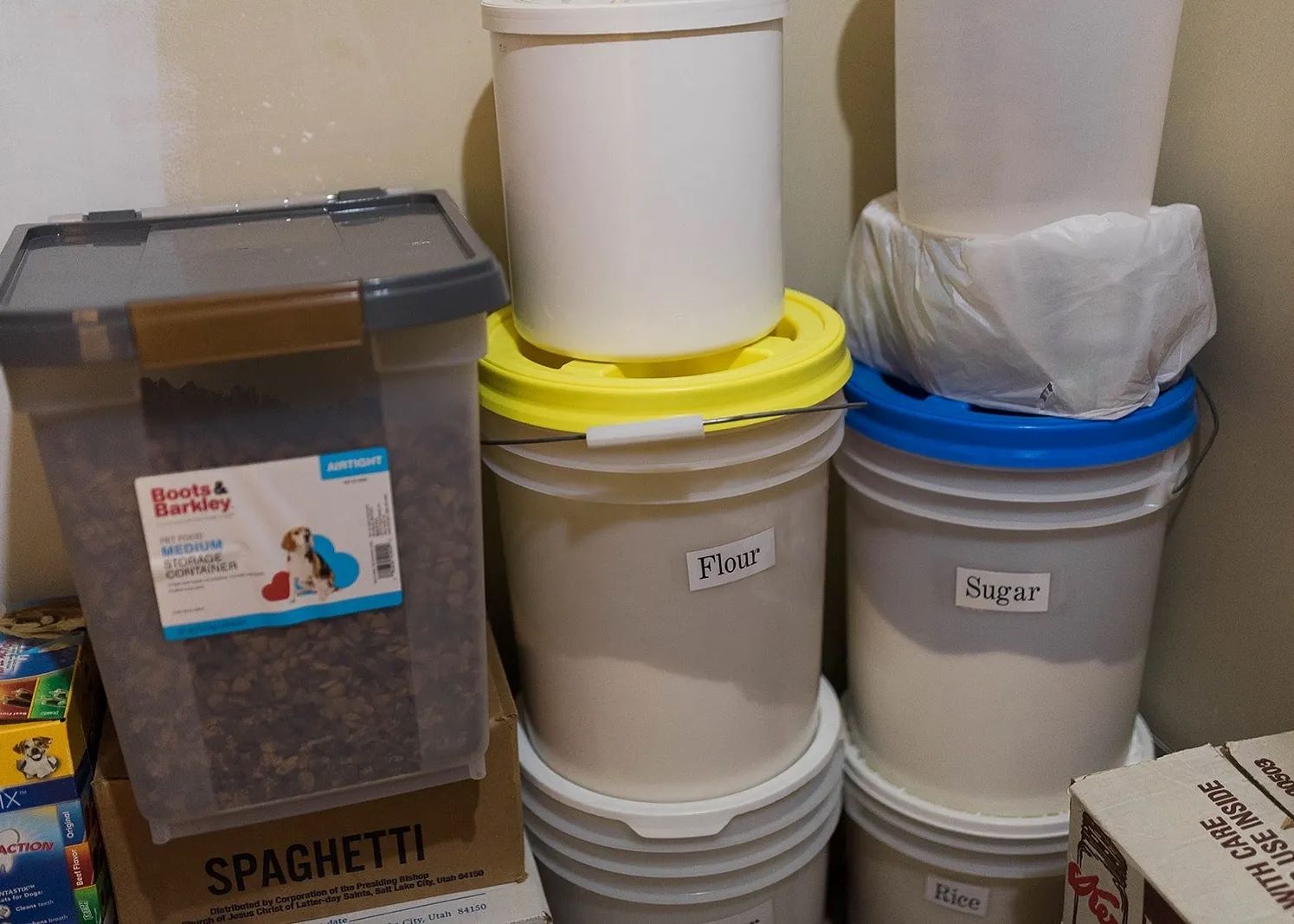
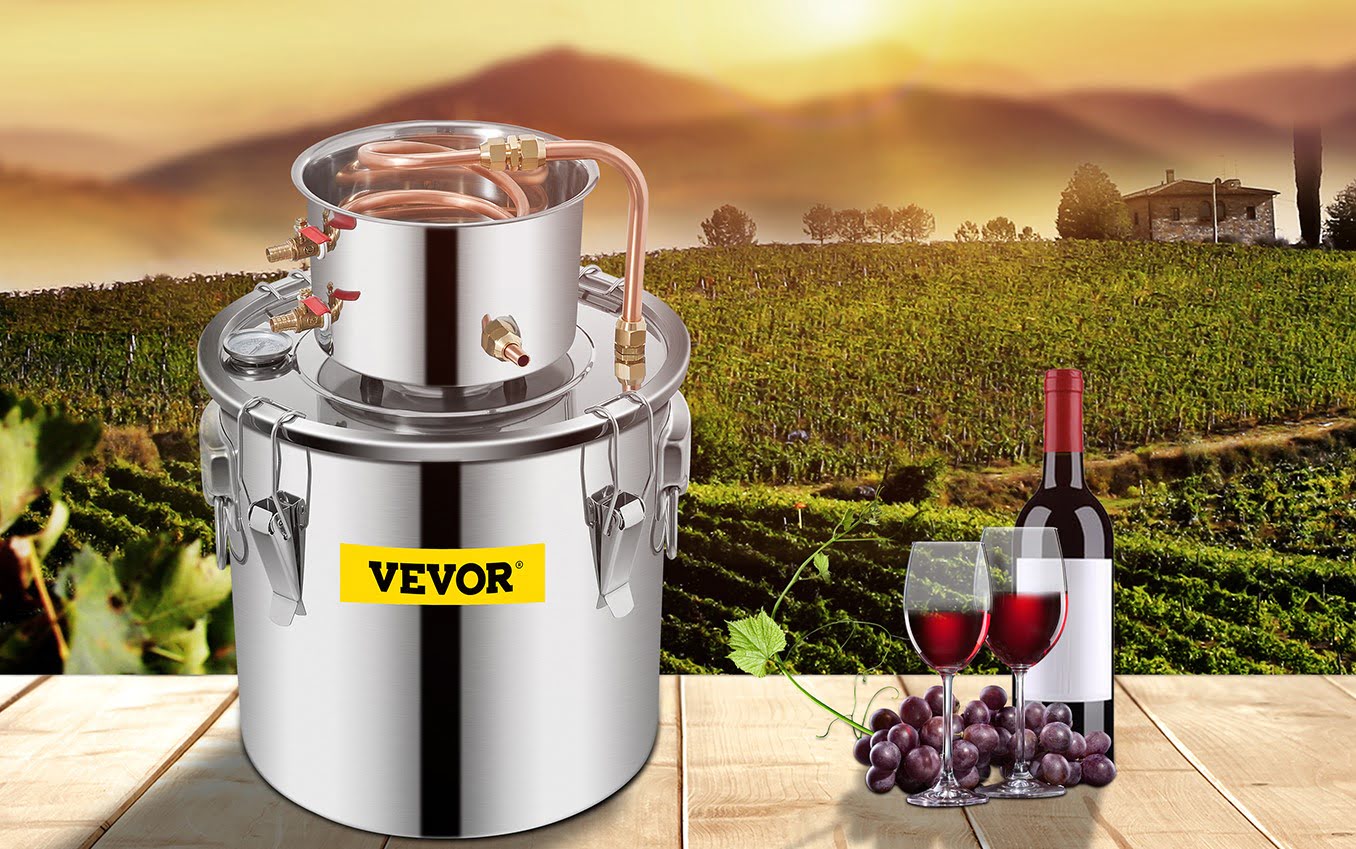
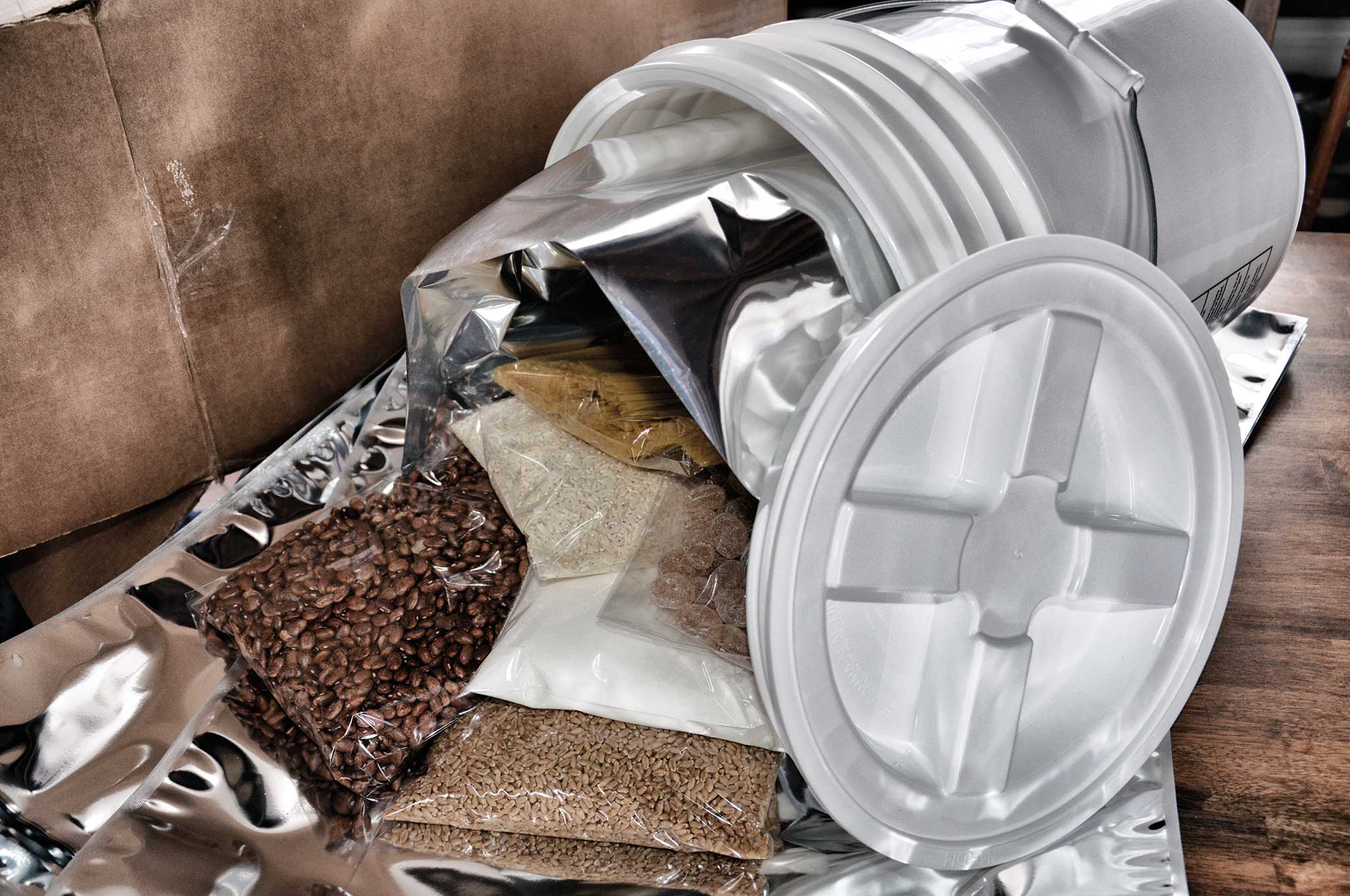

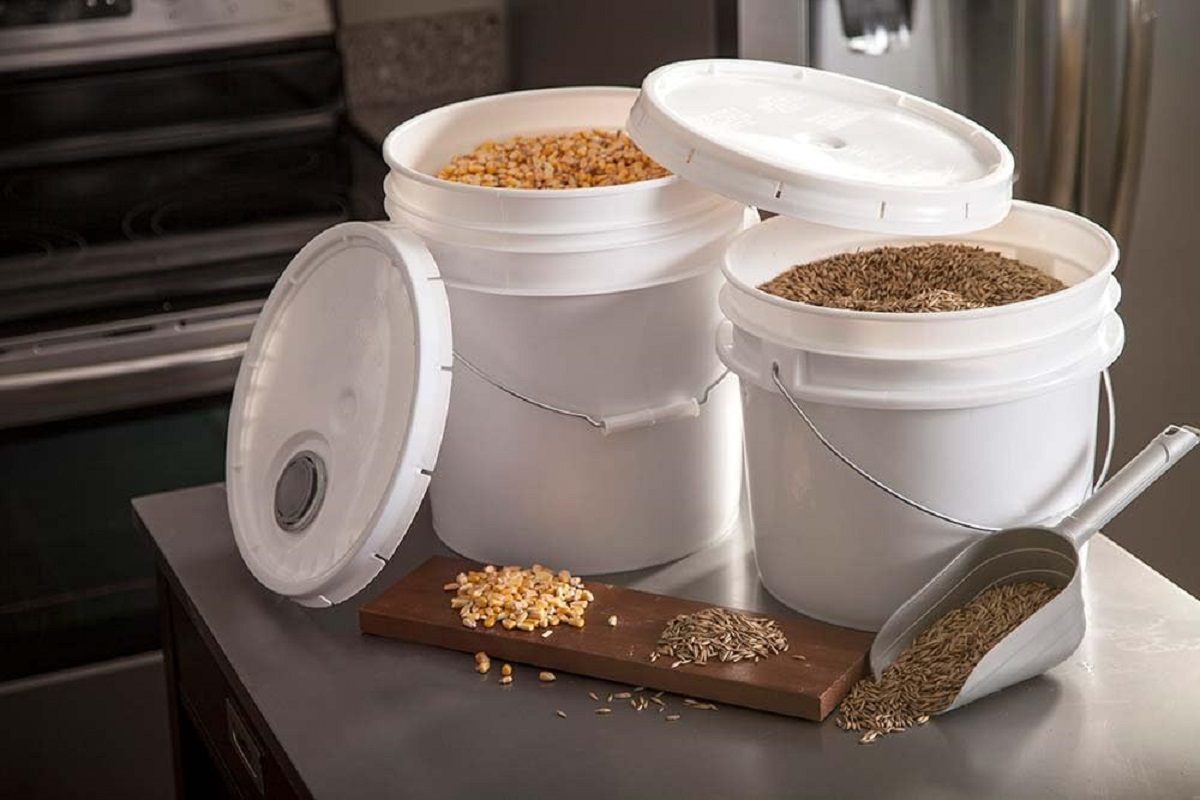
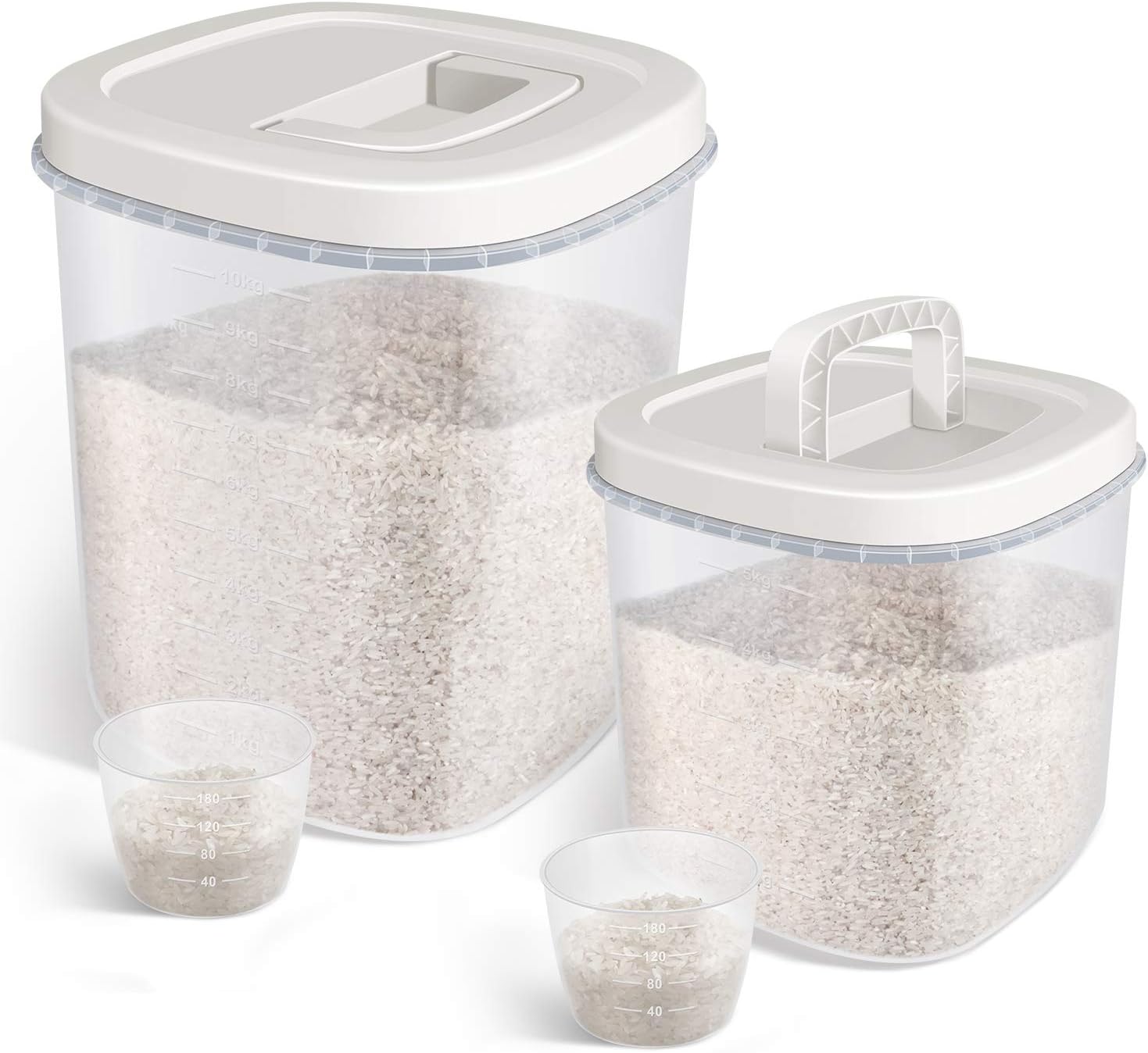
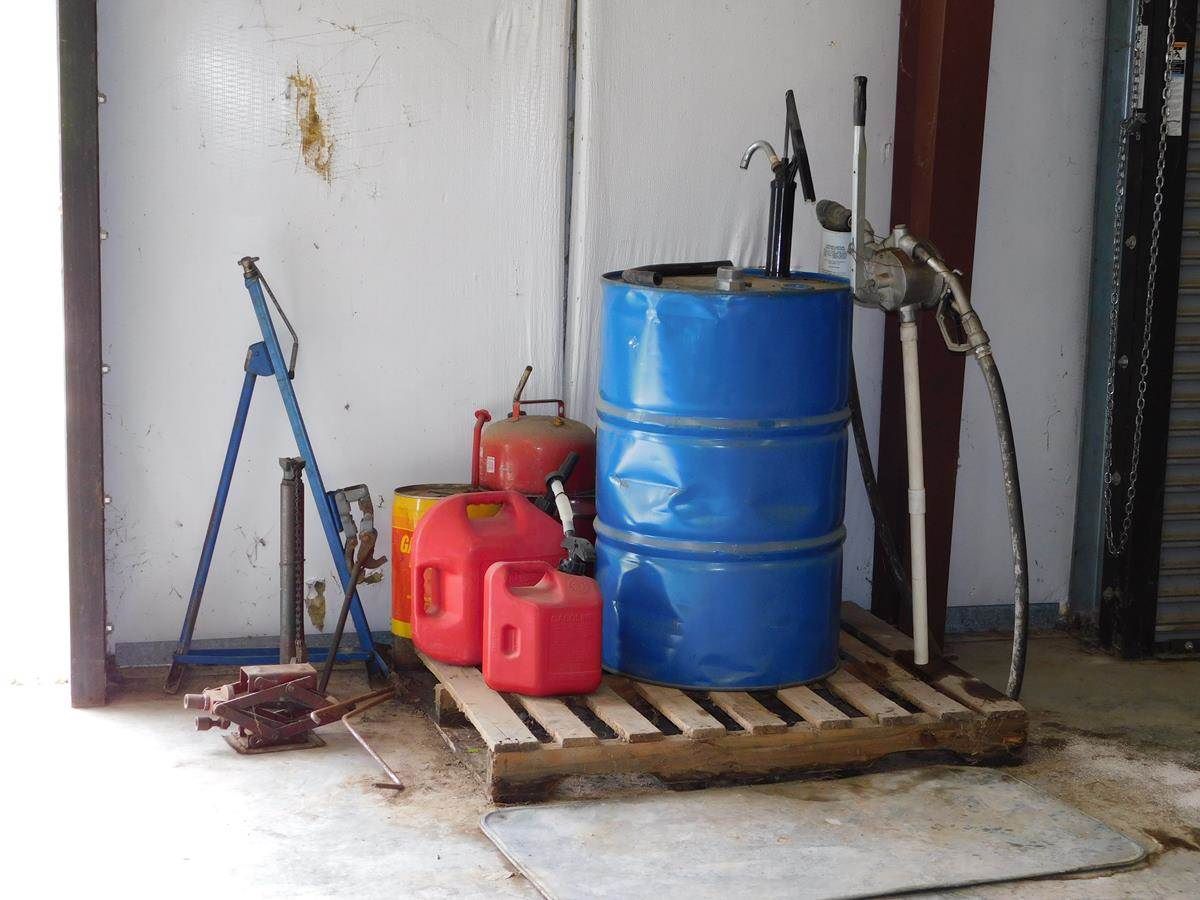

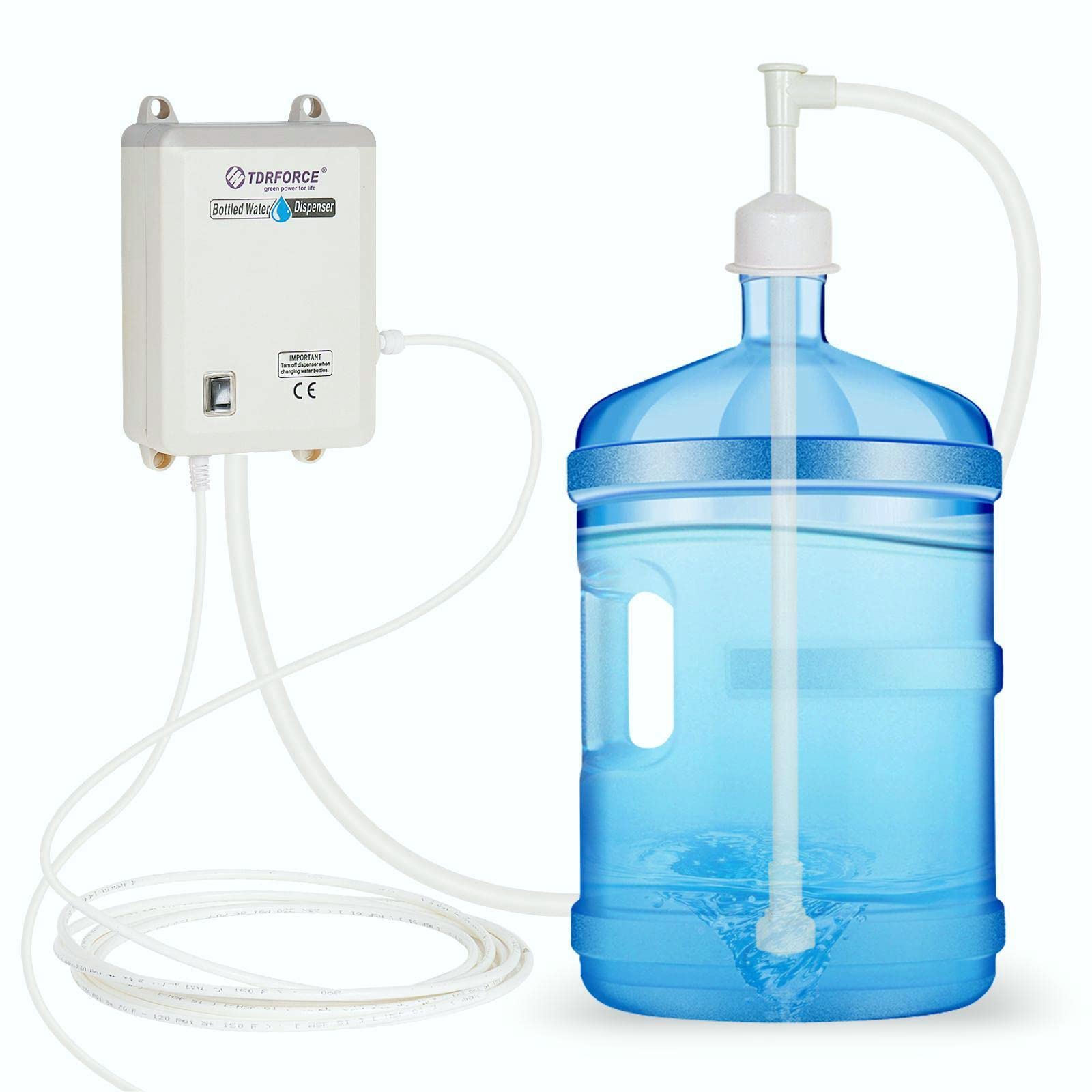
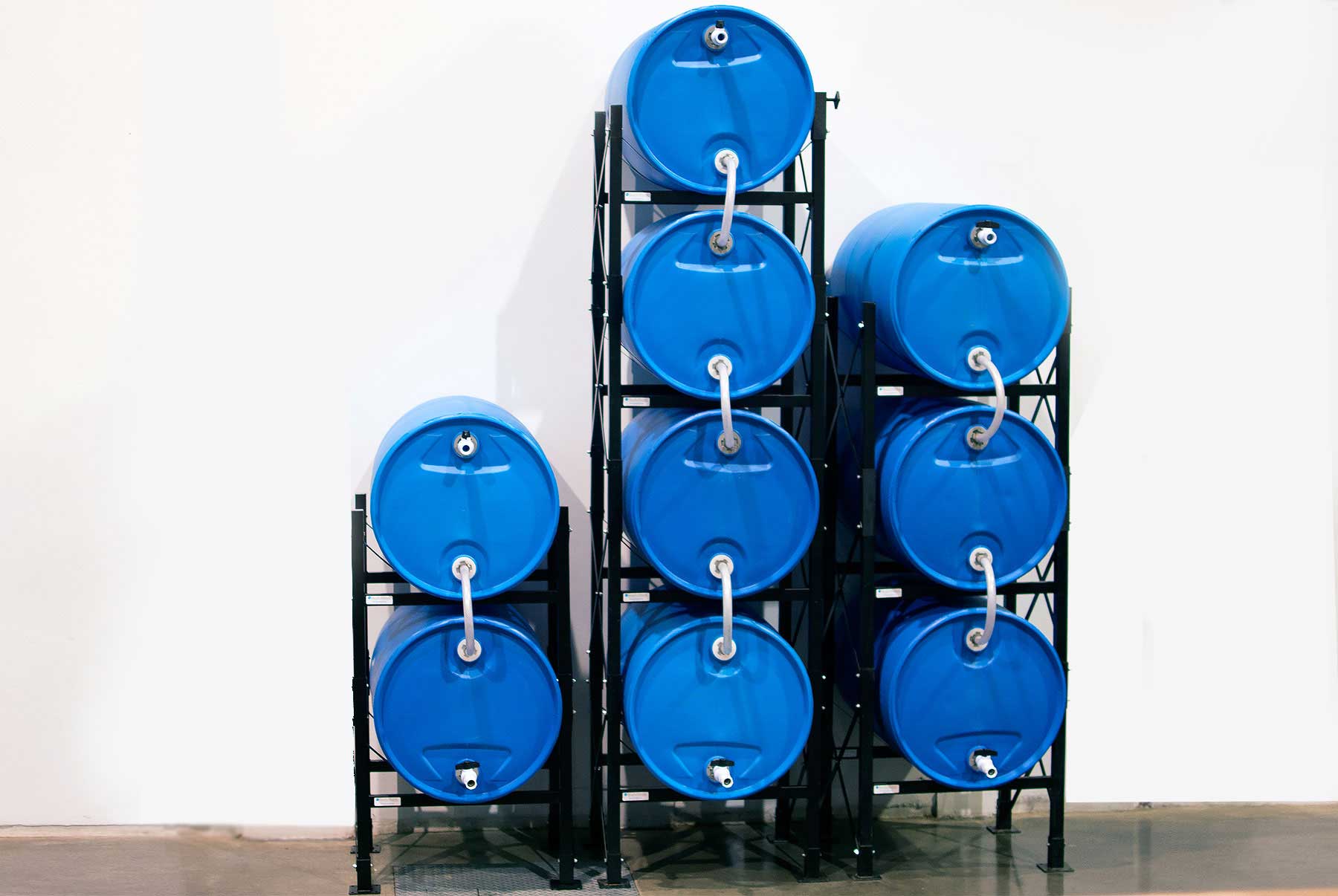


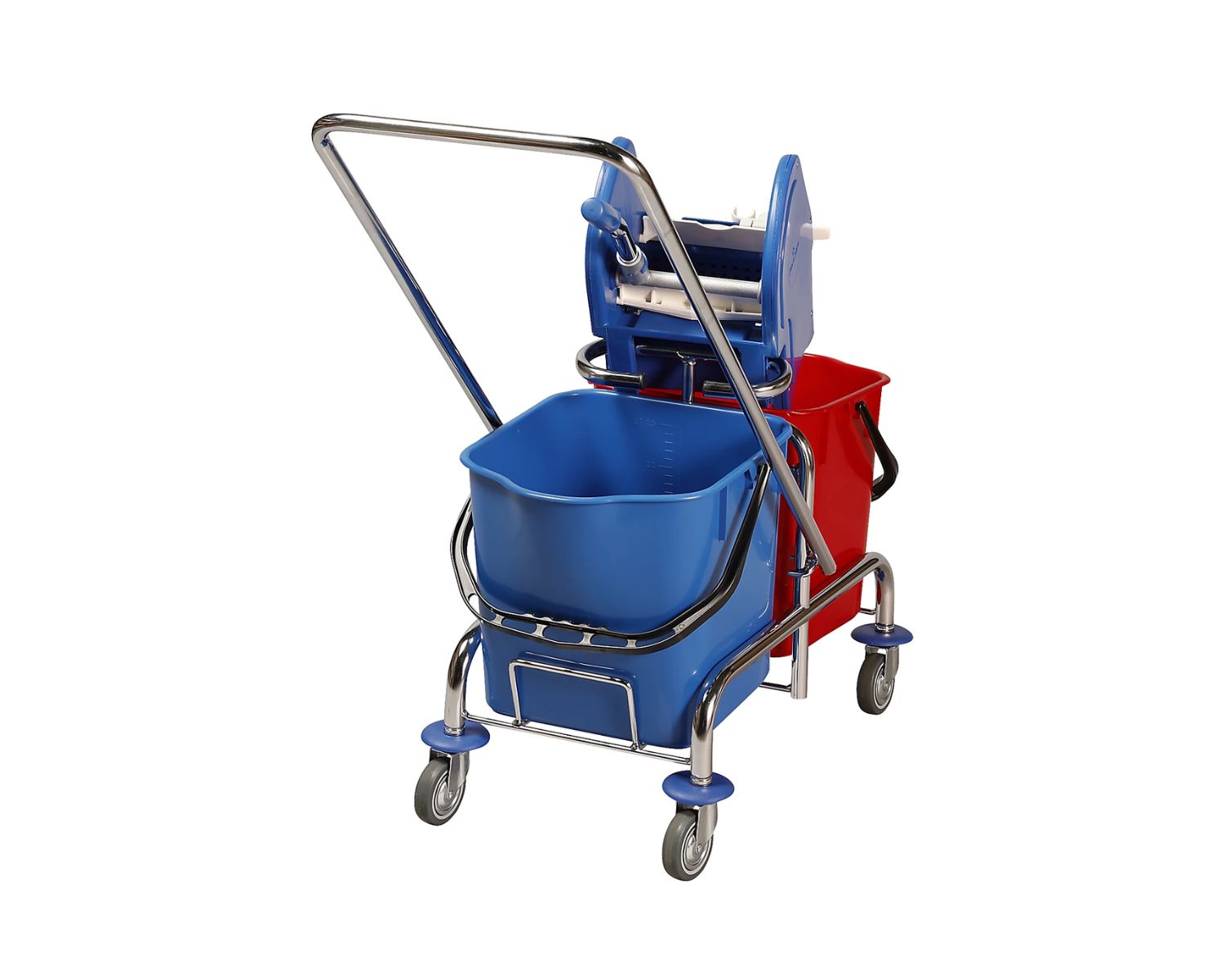

0 thoughts on “How To Store Food In 5 Gallon Buckets”